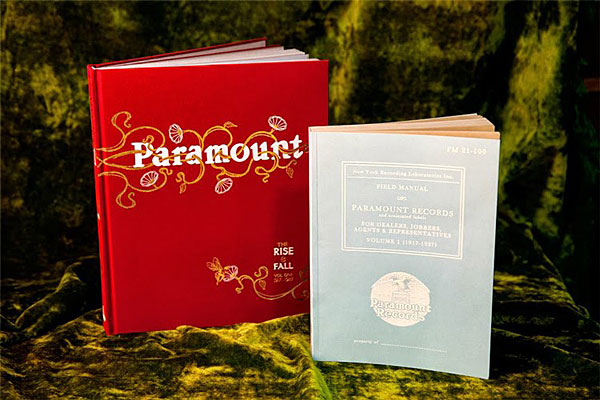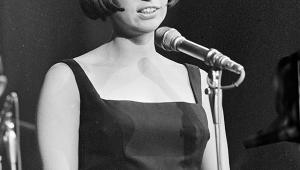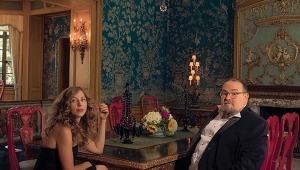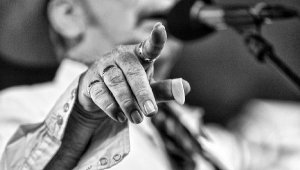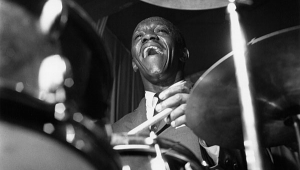| Columns Retired Columns & Blogs |
Whether you like Jack's music or not, you have to admit he's a real artist. Risking his own money and reputation for the love of music that wasn't even created by himself. That speaks to great artistic perspective and confidence. Can you think of one other modern pop artist who would do such a thing? This puts him in the category of serious classical artists who, after a successful career, champion largely forgotten composers.
